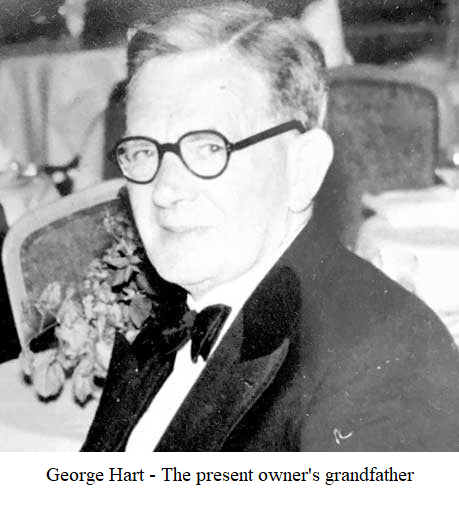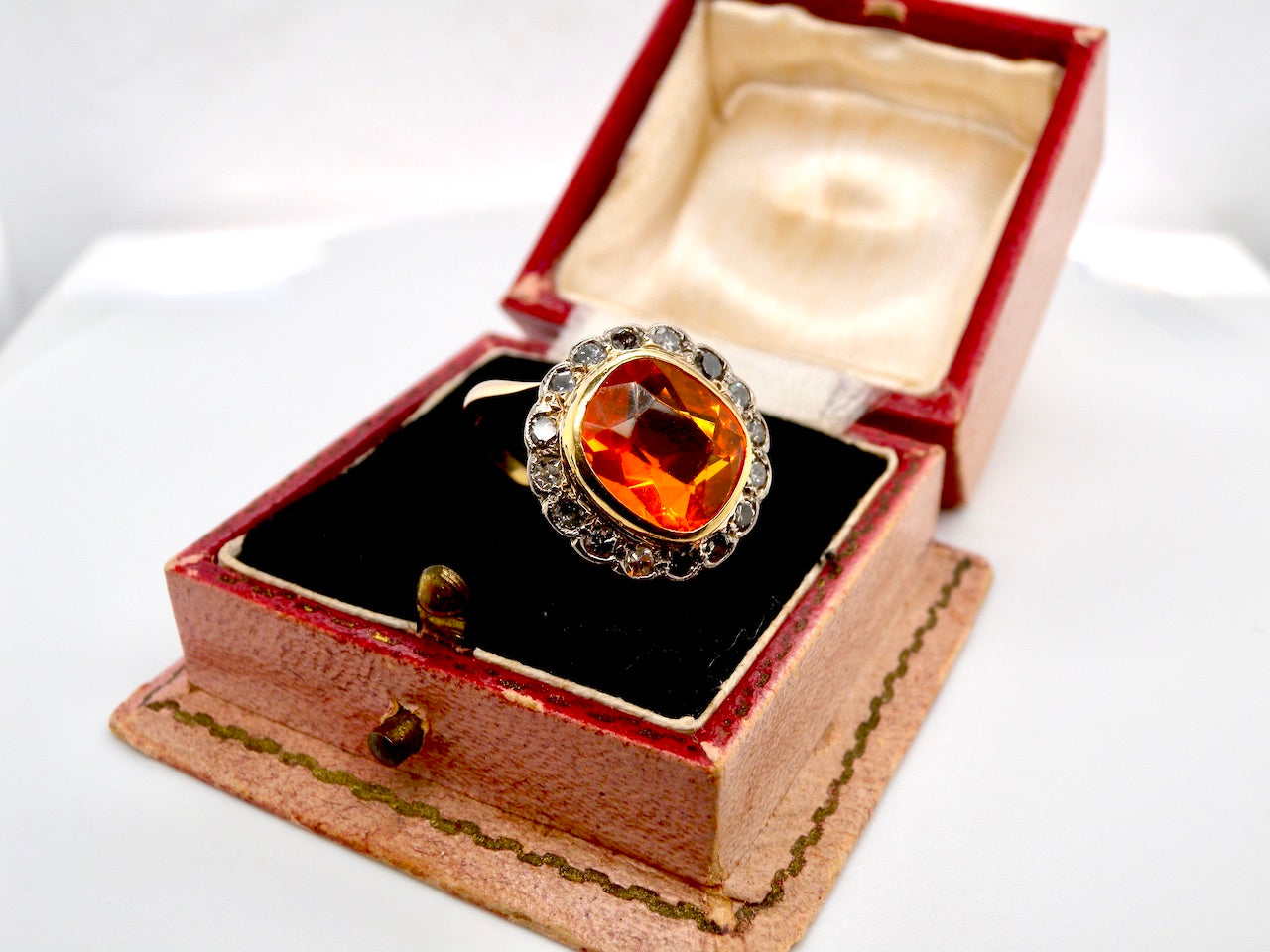Victorian jewellery is more than ornament. It’s a language of love, loss, devotion and taste, written in gold, gems and the tiniest of details. From coded messages set in stones to hair braided by hand and sealed beneath rock crystal, the period (1837–1901) produced jewels that still feel startlingly personal today.
Below, we explore the traditions collectors love hairwork and acrostics then widen the lens to materials, motifs, dating tips, care, and what to look for when buying.

Acrostic Jewellery: Secret Messages in Stones
Victorian jewellers adored hidden meanings. Acrostic pieces spell words by using the first letter of each gemstone. Popular combinations include:
DEAREST – Diamond, Emerald, Amethyst, Ruby, Emerald, Sapphire, Topaz
REGARDS – Ruby, Emerald, Garnet, Amethyst, Ruby, Diamond, Sapphire
ADORE – Amethyst, Diamond, Opal, Ruby, Emerald
LOVE – Traditionally Lapis, Opal, V (often Victorian “vermarine” for green quartz), Emerald
Sometimes you’ll see REGARD (without the final sapphire) or variations using turquoise for topaz. Look for original settings and period-correct stone cuts (old mine, rose and early brilliant cuts). The sweetest examples are slender rings and petite brooches where the colours read like a whispered message.

Beyond the Famous Two: Other Victorian Favourites
Micro-Mosaic & Pietra Dura
A triumph of patience: thousands of tiny glass or stone tesserae set into gold or gilt to form scenes, doves, baskets of flowers or ancient ruins often souvenirs of the Grand Tour.
Poison (Locket) Rings
Rings with a tiny hinged compartment. More romance than danger, they reflect Victorian love of mystery and storytelling. You’ll also see larger locket brooches and pendants used for perfume, hair or a portrait.
Snake Motifs
After Albert gave Victoria a serpent engagement ring (the snake biting its tail symbolising eternity), snakes appeared everywhere coiled bracelets, ouroboros rings, gem-eyed brooches standing for eternal love and fidelity.
Garnet Carbuncles
Rich, glowing garnets often en cabochon were set into striking cluster rings, pendants and parures. The deep red symbolised passion and protection, and remains unmistakably Victorian.
Sentimental Engraving
From initials and dates to tiny poems and emblems (hands, anchors, ivy), engraving adds a private layer. Many lockets and rings hide messages you can only see when you look closely precisely the charm of Victorian design.
Materials & Techniques That Define the Era
Whitby Jet, Onyx & Bog Oak: Classic mourning materials (jet is lightweight and warm to the touch).
Gold & Silver: Early-mid Victorian jewels often use gold backed with silver for diamonds (to make them appear whiter before platinum entered mainstream use).
Seed Pearls & Turquoise: Popular for romantic and floral motifs, especially in the Romantic period (1837–1860).
Cannetille & Repoussé: Delicate gold wirework and raised metalwork that create light, lacy surfaces.
Foiled Settings: Closed-backed stones with coloured foil beneath to enhance hue—beautiful, but never clean these ultrasonically.
How to Read the Timeline (at a Glance)
Early / Romantic (c. 1837–1860): Hearts, bows, acrostics, turquoise and seed pearls, floral language, cannetille, hairwork lockets.
Mid / Grand (c. 1861–1885): Mourning jewellery flourishes; jet, onyx, black enamel; heavier gold; archaeological revival (Etruscan granulation, Egyptian, Renaissance).
Late / Aesthetic (c. 1885–1901): Lighter, more artistic forms; Japanese influence; star-set diamonds; gypsy-set rings; naturalistic motifs.
Symbolism You’ll See Again and Again
Ivy (I cling), Forget-me-not (remembrance), Anchor (hope), Hands (friendship), Snakes (eternity), Stars (guidance), Knots (unbreakable bond), Acorns & Oak (strength), Swallows (safe return). Understanding this “visual vocabulary” turns browsing into reading and is half the joy of collecting.
Dating & Authenticity: Quick Checks for Collectors
Stone Cuts & Setting Style Old mine/old European/rose-cut diamonds, cabochon garnets, closed or half-closed backs, silver-topped gold for diamond pieces.
Hallmarks & Clasps British hallmarks can indicate metal, town (e.g., London, Birmingham, Chester, Sheffield) and date letters. Clasps, hinges and pin fittings also help date brooches and lockets.
Condition, Not Over-Polish Soft edges are fine; excessive “like-new” shine on a 150-year-old jewel can be a red flag or suggest over-restoration.
Hairwork Tells Natural variance and hand-braiding beats uniform, plastic-like strands. Check that glass/crystal covers sit securely and frames are original.
Acrostic Integrity Do the stones plausibly match the word and period? A rainbow of modern cuts may indicate later alterations.
Care: Keep Victorian Pieces Happy
No Ultrasonic for foiled stones, pearls, opals, turquoise or jet.
Gentle Clean with a soft, dry brush and a barely damp cloth; pat dry.
Store Separately in soft pouches or compartments to avoid scratches and tangles.
Mind Heat & Sunlight with opals, pearls and foiled backs.
Sizing & Repairs Victorian rings can be sized, but large jumps risk stress to settings and enamel. Always use a jeweller experienced with antique work.
Buying Guide: What to Look For
Originality: Unaltered shanks, original fittings, period-correct clasps.
Provenance: Any family history, inscriptions, boxes or paperwork add charm and value.
Design Quality: Balanced proportions, crisp engraving, lively stones, well-executed motifs.
Wearability: Choose pieces you’ll actually wear—lockets on modern chains, gypsy-set rings for daily use, jet earrings for lightness.
Trust: Buy from specialists who stand behind authenticity and provide clear condition notes.
Why It Still Captivates
Victorian jewellery resonates because it’s intimate. A ring that spells DEAREST in tiny gems; a locket with a careful curl of hair; a serpent bracelet promising eternal love these are not generic ornaments. They are messages, memories and moments preserved in gold.
At Vintage Tom, we curate Victorian pieces for their story, craftsmanship and condition from delicate acrostic rings to richly enamelled mourning jewels and gleaming garnet cabochons. Each jewel is chosen to be worn and loved today, while honouring the life it has already lived.
👉 Explore the collection: Victorian Jewellery at Vintage Tom
You May Also Like: Eco-friendly Sustainable Jewellery




